
Correspondence: The Foundation of the Situationist International (June 1957-1960)
By Guy Debord
Semiotext(e)
397 pages. Paper.
Reviewed by Clayten James
The Situationist movement was exciting without a doubt. Their exhilarating lives and words are now being fleshed out by a variety of translations and biographies. The latest piece to the pantheon of critique is Correspondence, a series of letters written by Guy Debord, the secretary for the S.I. and main theorist for the group. While the group produced provocative papers, the letters contained in this long collection are boring, boring, and boring. Only a few of them need to be read to get across the main thrust of the collection.
Largely devoid of the critique of capital for which the S.I. Is rightfully famed we can draw two main lessons from this body of work. The first along with the second is a dispelling of spectacle. Guy Debord is often written of, and portrayed, as clever but autocratic man whose theories seeped with pure fucking gold. What we see in this collection, which is during the S.I's early period, is a man whose main task is not the theorizing of the spectacle but the management of personalities within the group, Asger Jorn for example. The Danish painter provided the majority of funding for the group through the sale of his artistic works, yet seemed rather erratic in action, appearing and disappearing upon whim and generally giving our favorite little theorist a hard time. While constantly attempting to maintain coherence with the other participants, he put in the background work for creating artistic installations of Pinot Gallizio's industrial painting, edited and composed the groups journal, and later filmed his own pieces. Debord's early period within in the group is not that of creating theory but of organizing the group, a hefty workload. This task demanded substantial communication. Debord wrote a plethora of considerate letters to the other members of the S.I. This speaks more of organizational skills, and attention to detail, then to brilliant creations of theories as is often supposed of Debord. The task of organizing an international group is daunting even in this day and age of email and cell phones. For Debord to manage the group required a patience and fortitude that is not often spoken of when regarding the theorist.
The second lesson is one of breaks. The Situationists were known for their harsh breaks with previous members or with groups that they thought unfit to work with. However, the stringent break is not shown in the case of Constant and Debord. The two remained on relatively friendly terms when Constant decided to resign from the group in June of 1960. We see Debord's good faith in the resignation of Constant. “Let's clearly distinguish the manner of the break and that of the bad feelings that we might have, justly or otherwise, you against me and vice versa over some brief points,” Debord wrote. (355) Debord's good faith is shown more later in the letter, when he states that he will retain interest in Constant's work. Debord closes on friendly terms: “With the hope of a positive decision on your part, if you believe one is possible.” (357)
The back cover of this collection of letters advertises that it “offers the best available introduction to the Situationist International movement by detailing, through original documents, how the group formed and defined its cultural mission...” I would have to harshly disagree with this statement. This series of letters is the organizational notes of Guy Debord, and has little of the wealth of critique that can be gained by reading other texts produced by the Situationists, “The Society of the Spectacle,” “The Revolution of Everyday Life,” and the Potlatch journal to name a few. What this book does offer is a brief glimpse of Guy Debord the man, the roles he played in the group other than theorist. It would be a far better to spend one's time reading the few texts mentioned above or briefly skimming this collection then trudging through the entirety of the collection.
http://www.anarchymag.org/index.php/issues/38-70-71/49-review-of-correspondence-the-foundation-of-the-situationist-international







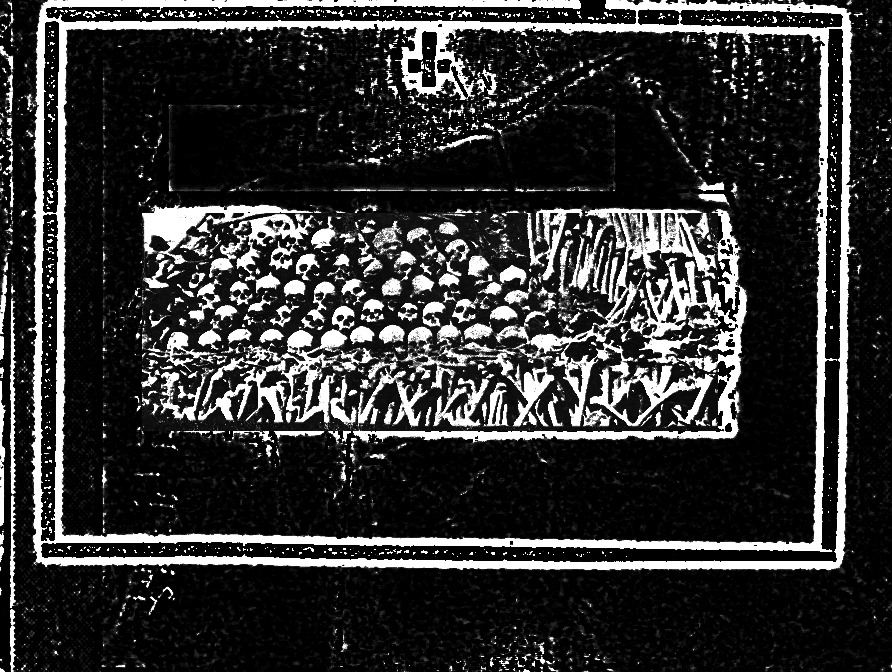
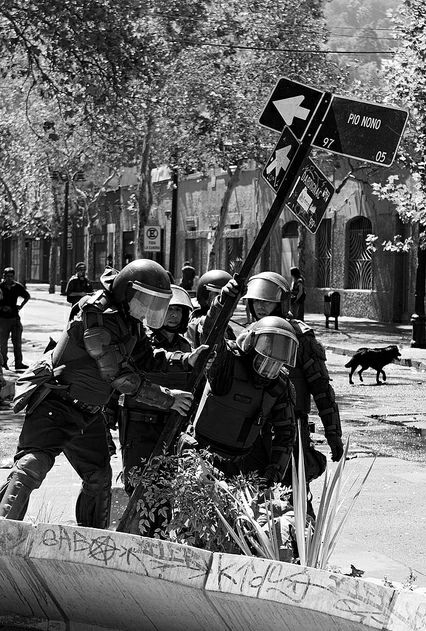



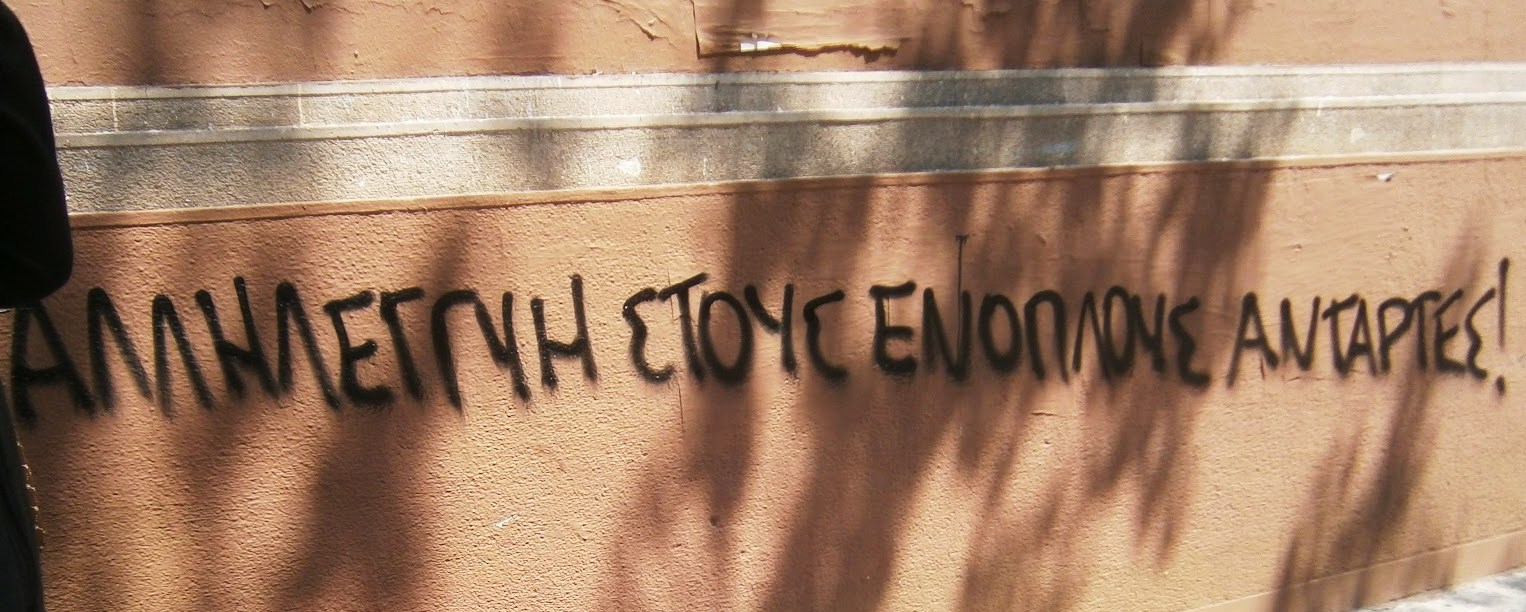

![Eurorepressione - Sulla conferenza a Den Haag sul tema "Anarchia" [corretto]](http://25.media.tumblr.com/tumblr_m0jvngOXtY1qa2163o1_1280.jpg)

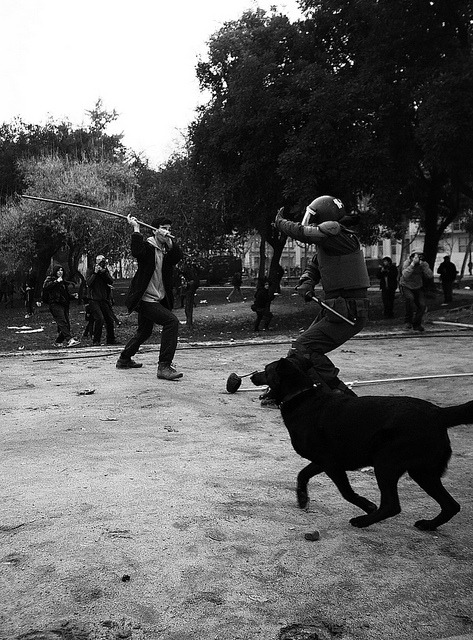
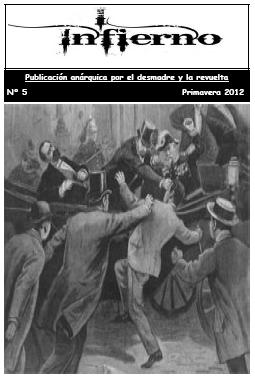

![A tres años de la Partida de Mauricio Morales: De la Memoria a la Calle [Stgo.]](http://metiendoruido.com/wp-content/uploads/2012/05/mmacividad.jpg)










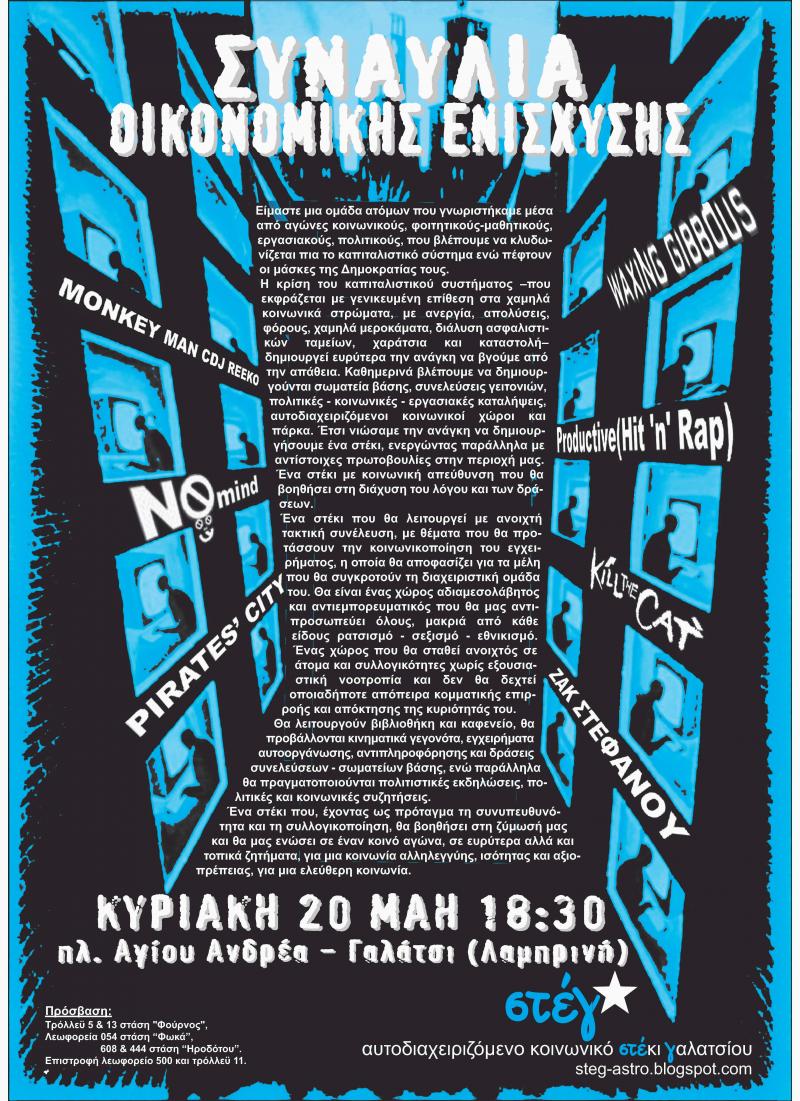








Nessun commento:
Posta un commento